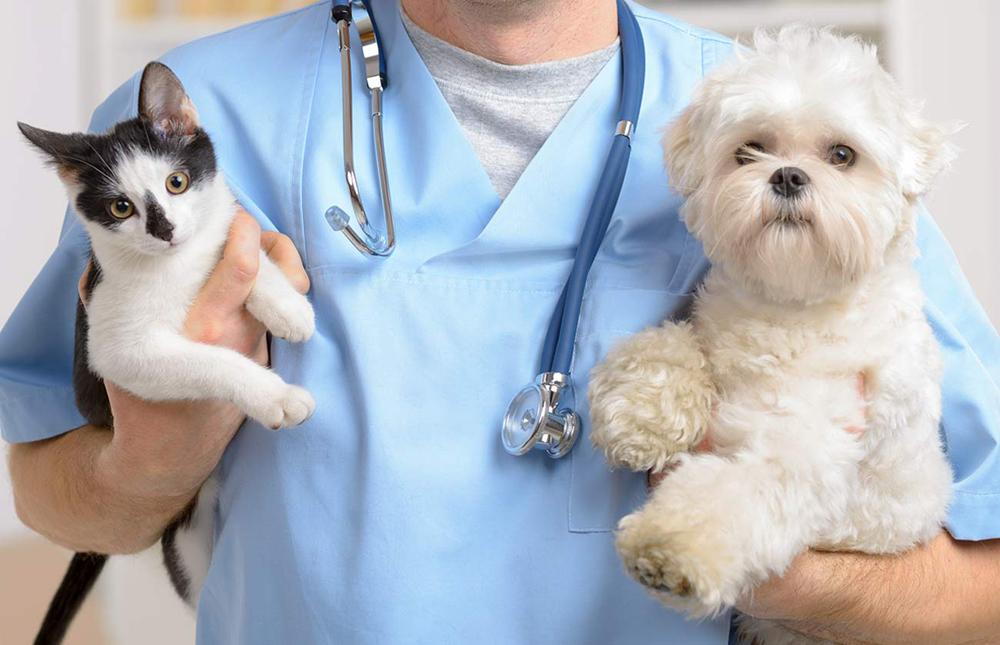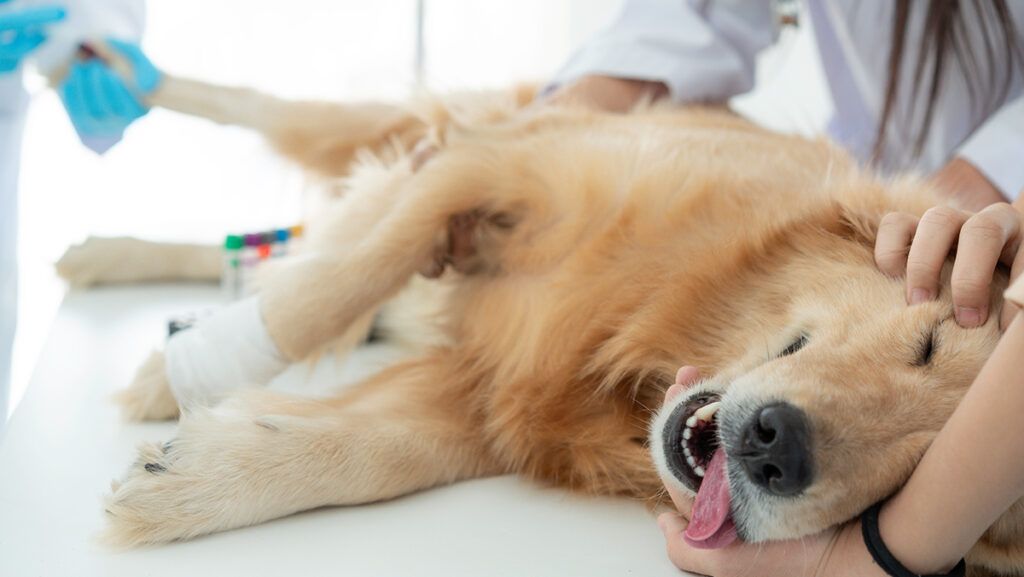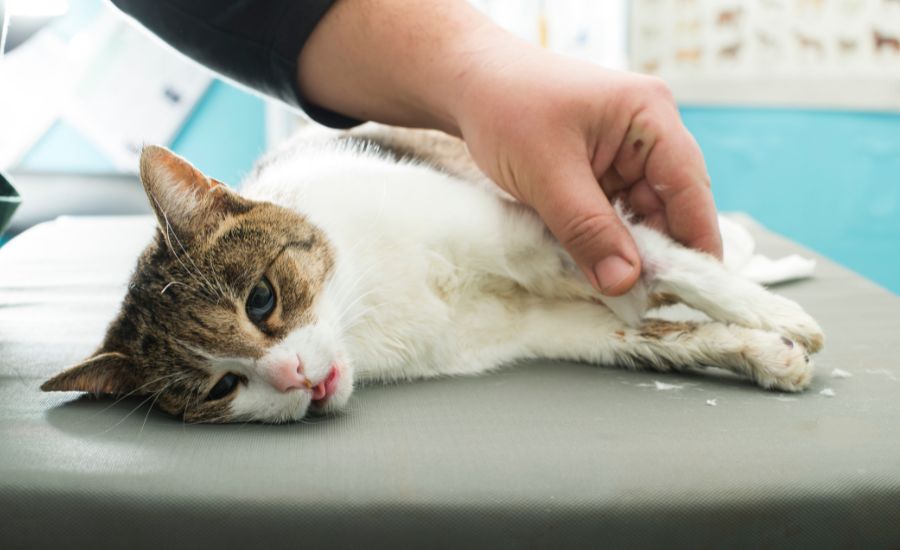Quick search
CTRL+K
Quick search
CTRL+K
Billy Morgan
As a pet owner, it’s crucial to know when your furry friend needs immediate medical attention. Pets, much like humans, can experience sudden health issues that require urgent care. Recognizing the signs that indicate a pet emergency can be the difference between a treatable condition and a life-threatening situation. In this blog, we will discuss key signs that signal your pet needs emergency care, focusing on common yet critical situations such as choking, poisoning, and heatstroke.

Immediate Actions to Save Your Pet Choking is a serious situation that can threaten your pet’s life if not addressed promptly. Signs that your pet may be choking include:
In the event of choking, try to look inside your pet’s mouth and remove any visible object carefully. Be cautious, as a choking pet may unintentionally bite in panic.
Common Toxins and Their Symptoms Pets are naturally curious, which can lead them to ingest toxic substances. Symptoms of poisoning vary widely depending on the toxin but commonly include:
If you suspect your pet has ingested something toxic, do not wait for symptoms to worsen. Contact your vet immediately and try to identify what your pet has ingested, as this will aid in their treatment.
A Deadly Threat in Warm Weather Heatstroke can occur if a pet is left in an overly warm environment without adequate ventilation or water. It’s particularly common in the summer months but can occur anytime when the conditions are right. Signs include:
If you suspect your pet is suffering from heatstroke, move them to a cooler environment immediately and apply cool (not cold) water to help lower their body temperature. Always follow up with a vet.

Knowing how to respond when your pet shows signs of distress can save valuable time and potentially your pet’s life. Here are a few tips to prepare:
Sometimes, pet emergencies might not be as apparent as choking or poisoning. However, there are other signs that should prompt a visit to the emergency room. These include:
The best way to manage emergencies is to prevent them where possible and to catch potential problems before they become serious. Regular veterinary check-ups are vital because a professional can often spot signs of health issues that are not obvious to even the most dedicated pet owner. During these visits, vaccines can be updated, and preventative treatments for parasites can be administered, which are essential for maintaining your pet’s health.
Learning about your pet’s breed-specific health risks, common ailments, and typical behavior can help you spot anomalies early. Many breeds are predisposed to certain conditions—for example, large dog breeds can be prone to hip dysplasia, while flat-faced cat breeds might suffer from respiratory issues. Understanding these risks helps you to be vigilant about symptoms and to provide a lifestyle that mitigates these risks.

Consider taking a pet first-aid course. Many organizations offer classes that teach you how to handle a wide range of health issues—from applying basic first aid to performing CPR on your pet. These skills could be crucial in a life-threatening situation.
Just as you would have an emergency plan for your family, it’s important to include your pets. Know where you can take your pet in an emergency, plan how you will transport them, and keep an emergency kit ready. This plan should include the contact details for your regular vet, the nearest 24-hour emergency vet, and perhaps a backup contact in case you are unavailable.
Pets can experience stress and anxiety, particularly if they are in pain or are uncomfortable. Learn how to provide comfort to your pet in stressful situations to help keep them calm until professional help is available. Gentle stroking and speaking in a calm voice can reassure a distressed animal.
Read Also : Training Aggressive Dogs: Essential Guidance and Tips for Owners
Understanding and quickly responding to the signs of a pet emergency are essential skills for every pet owner. Whether it’s choking, poisoning, or heatstroke, knowing what to look for and how to respond can significantly impact the outcome for your pet. Remember, it’s always better to err on the side of caution and consult with a veterinarian if you suspect your pet is in danger. By being prepared and informed, you can ensure that you are ready to act in the best interest of your pet’s health and safety.
© All rights reserved. Made in Canada